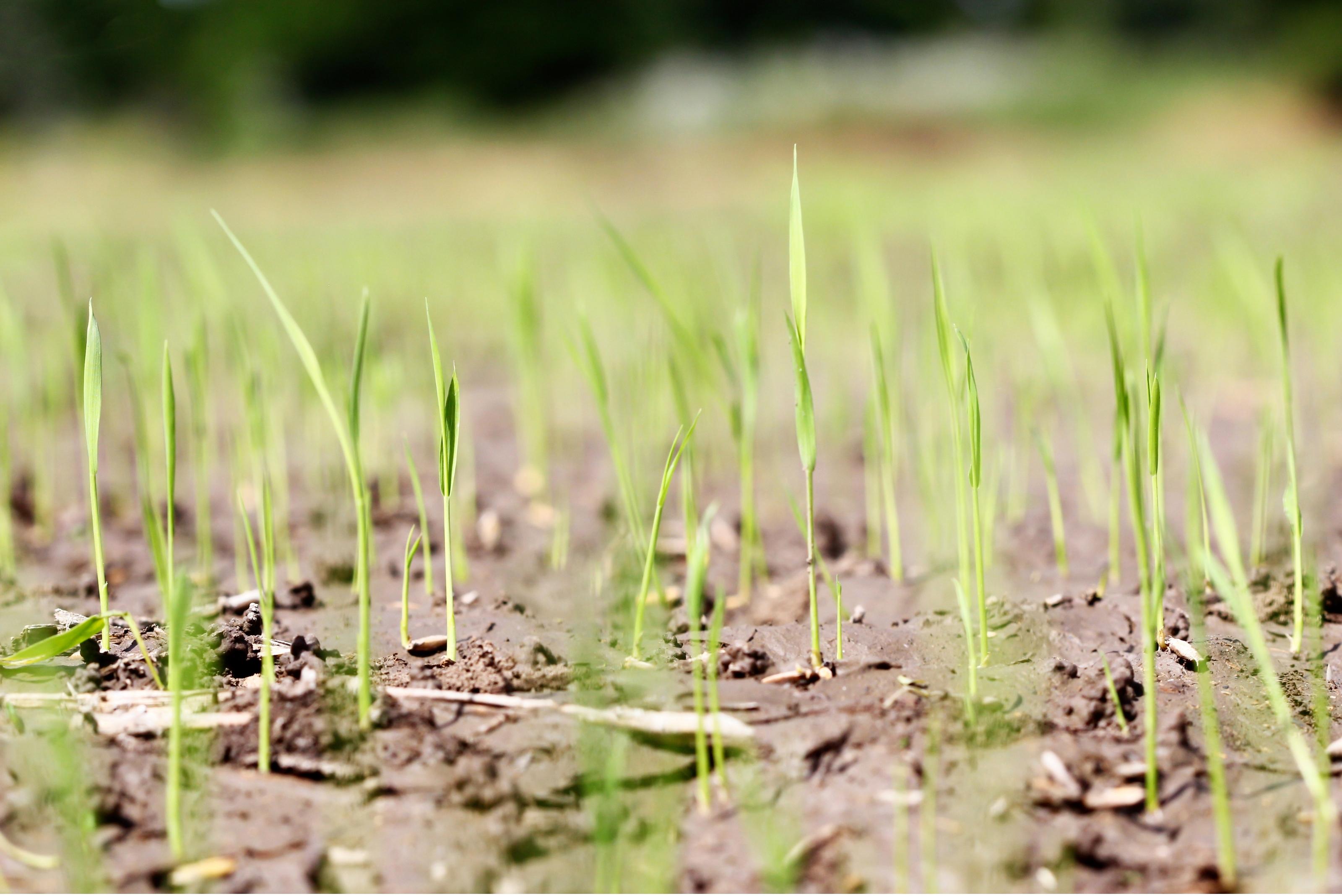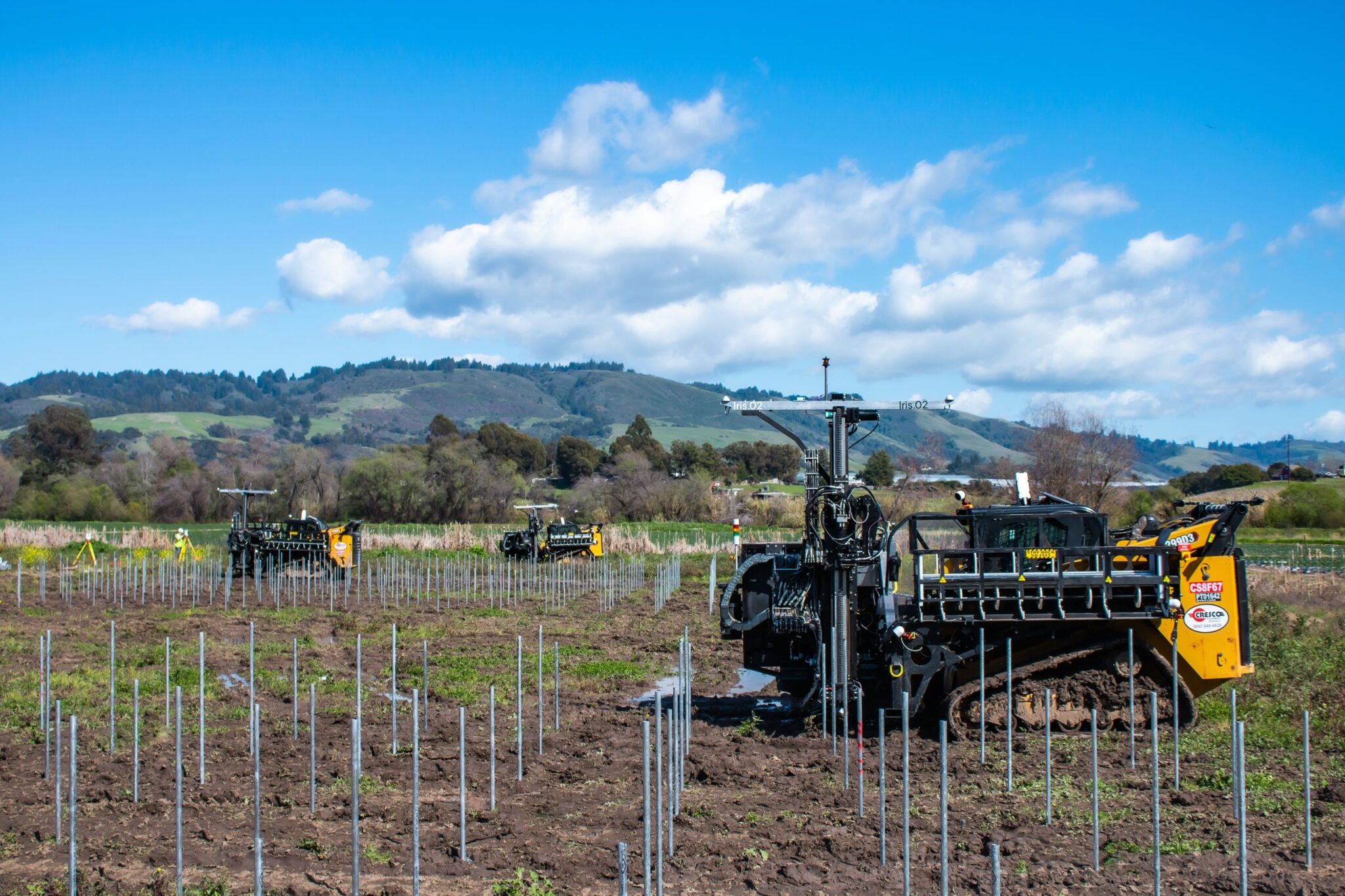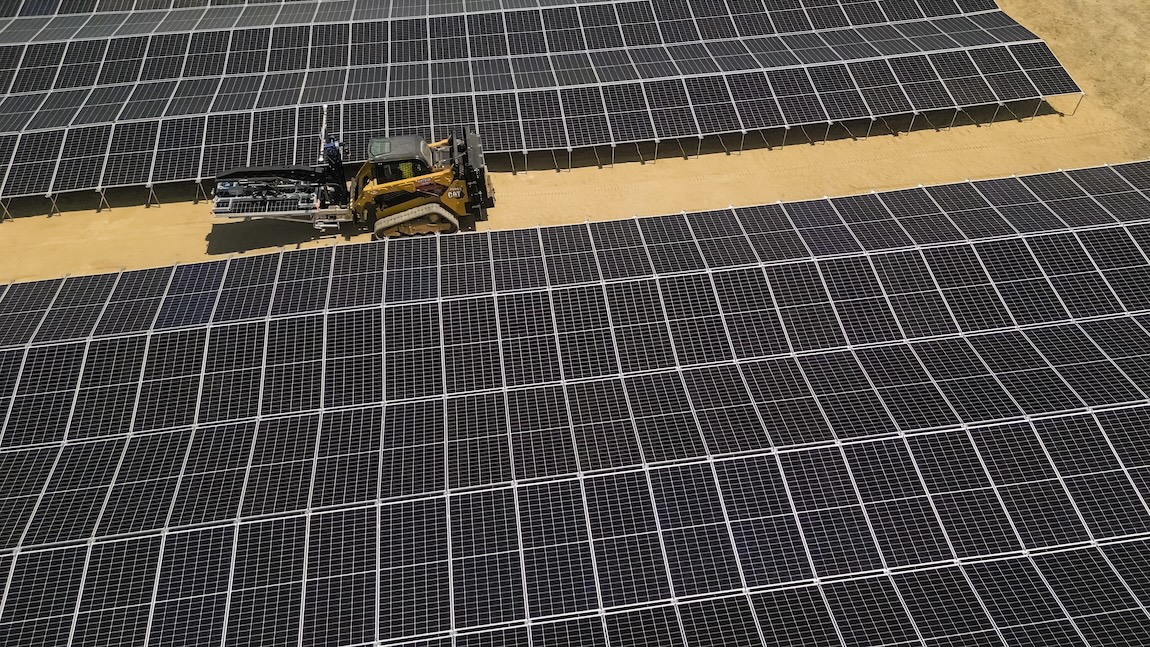The Case for Early Vegetation in Solar Projects To Cut Time to Power

In solar site planning, early vegetation has shifted from an afterthought to a priority. Developers and environmental experts increasingly recognize that seeding sites early improves soil stability, eases permitting, speeds construction, and lowers long-term O&M costs—making it an essential part of cutting-edge solar site planning.
Leaders like Craig Donze at Walbec Group have championed the practice, showing how thoughtful, regionally appropriate native vegetation planning can deliver real benefits across a project’s lifecycle. From stormwater compliance to biodiversity and community relations, being deliberate about establishing dense, deeply rooted, shade-tolerant native vegetation prior to construction is proving to be one of the most cost-effective investments developers can make.
Why early vegetation matters in solar site planning
Soil stabilization and erosion control
Cover crops, seeded in advance, reduce erosion risks during construction, especially on sloped or undulating terrain—exactly the kind of challenging sites Planted helps unlock with low-impact machines and terrain-following arrays. Native or adapted grasses anchor the soil, limit sediment runoff, and help projects meet stormwater compliance requirements from day one.
Lower long-term O&M costs
Early vegetation cuts ongoing O&M costs. A well-rooted cover requires less irrigation, reduces the need for herbicide or mechanical weed control, and stabilizes more quickly. These operational savings compound over the life of the project.
Ecological and community benefits
The right seed mix enhances biodiversity, creates pollinator habitat, and provides a visible commitment to environmental stewardship. The right approach upfront ensures that the soil is healthier and even more alive the day the 30+ year useful life of the solar array ends. Vegetation planning matters in community solar and distributed generation projects, where aesthetics and land use are often closely scrutinized by local stakeholders.
A case study in proactive vegetation planning
Walbec Group collaborated with Planted Solar on a site in northern Illinois to put into practice a successful early vegetation planning model:
- Expert collaboration: Input from University of Illinois crop scientists guided seed selection, with Millborn Seed supplying a custom mix ideal for the site conditions.
- Farmer-executed drill seeding: Leveraging the incumbent farmer’s equipment and knowledge allowed for efficient drill seeding immediately after the 2023 soybean harvest, ensuring excellent uptake despite the late season.
- Redundant seeding strategy: With 75% extra seed budgeted, frost seeding and spring overseeding were built in to hedge against germination risks.
- Tailored seed mix: The blend was designed for shade tolerance and low growth, ideal under Planted’s low-tilt, high-density arrays. The mix combined several fescue varieties with perennial ryegrass and white clover, chosen for soil health and reliable ground coverage.
The outcome was strong vegetative establishment before construction, stabilized soils, reduced dust, and an ecosystem in place before the first pile was driven.
Building a vegetation playbook for solar projects
Drawing on Walbec Group’s experience, lessons from Planted sites, and other emerging best practices, developers can follow a straightforward framework for smart vegetation planning:
1. Begin with soil and site assessment
Use NRCS soil maps or tools like UC Davis’ SoilWeb to evaluate compaction, drainage, and organic content. Understand erosion risks before designing the plan and engage agronomists or local extension experts early.
2. Select regionally appropriate, shade-tolerant species
Account for soil texture, USDA plant hardiness zone, pH, expected shade from arrays, height limits, and the intended maintenance strategy (mowing, grazing, etc.).
3. Use a redundant seeding approach
Plan for drill seeding post-harvest, frost seeding in winter, and overseeding in early spring to ensure coverage and resilience. As needed, employ hydroseeding to rapidly stabilize higher traffic or time-sensitive areas.
4. Secure seed and labor early
Order seed at least two months before harvest and coordinate with the farmer or a trusted contractor for drill seeding and cultipacking. Large poly bags (1,200–1,500 lbs) simplify logistics if on-site storage is available.
5. Plan for ongoing maintenance
Even with early establishment, plan for supplemental overseeding, especially around access roads or disturbed areas. Build this requirement into EPC scopes or O&M agreements.
Why early vegetation matters for smarter solar deployment
As the industry pushes to build faster on more challenging land, low-impact construction practices and early vegetation are essential. The upfront costs are modest, and the long-term gains—in permitting, stormwater management, operations, and community support—are substantial.
For developers, early vegetation simplifies the road to power and demonstrates a commitment to land stewardship. Done at scale, it’s part of how the industry builds smarter, more resilient solar.
Special thanks to Craig Donze of Walbec Group for his valuable input on this piece and his partnership in addressing complex stormwater permitting and vegetation planning challenges.
About Planted Solar
Planted Solar is redefining solar deployment with an integrated hardware and software platform that pairs high-density, terrain-following arrays with automated installation. Planted's smarter, streamlined approach helps developers, EPCs, and IPPs unlock more land, lower costs, and build projects in half the time—delivering stronger project outcomes and accelerating the delivery of abundant energy.
Ready to build smarter? Let’s talk.
Title - Questions to the client
Lorem ipsum dolor sit amet, consectetur adipiscing elit, sed do eiusmod tempor incididunt ut labore et dolore magna aliqua. Ut enim ad minim veniam






